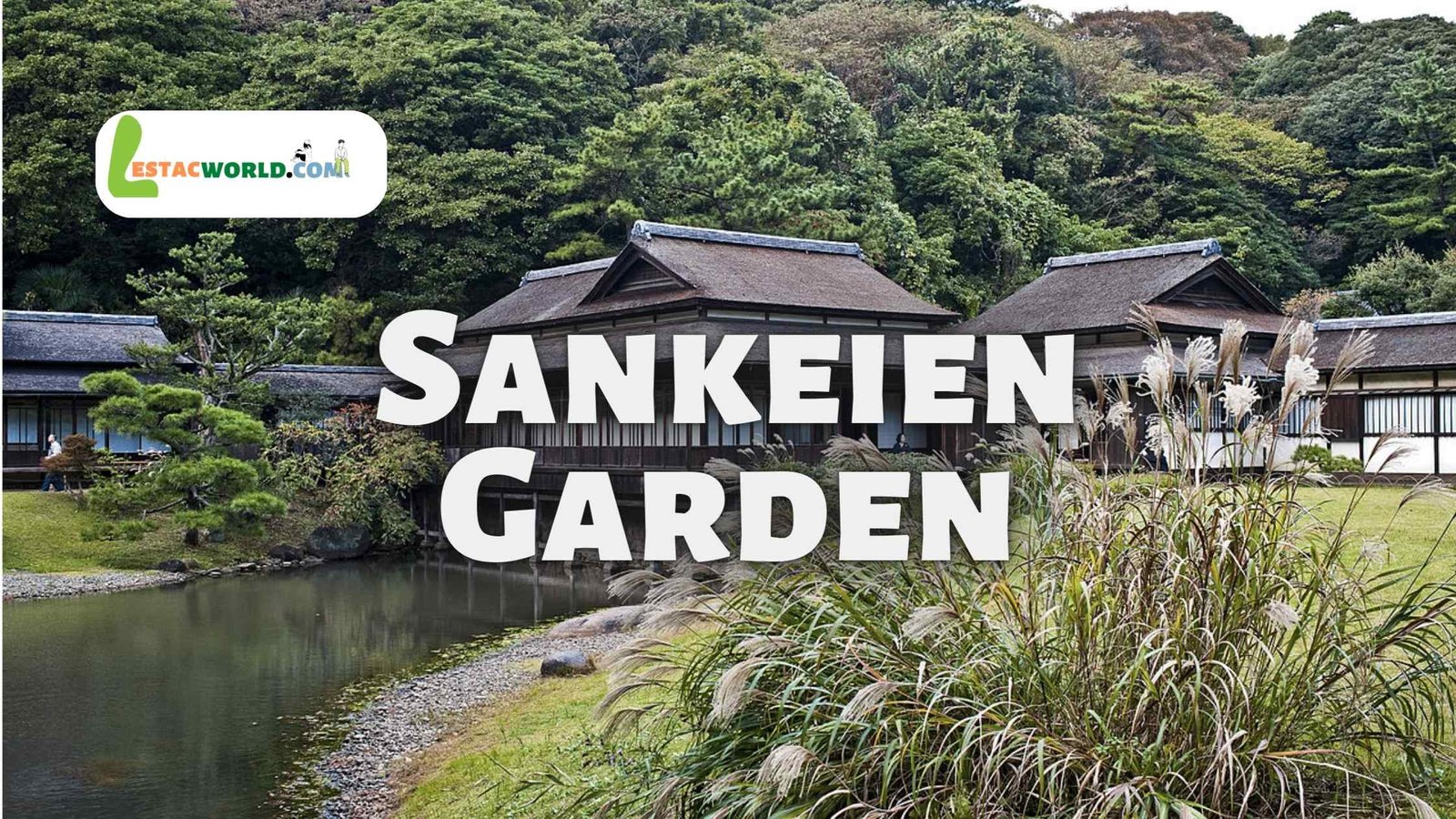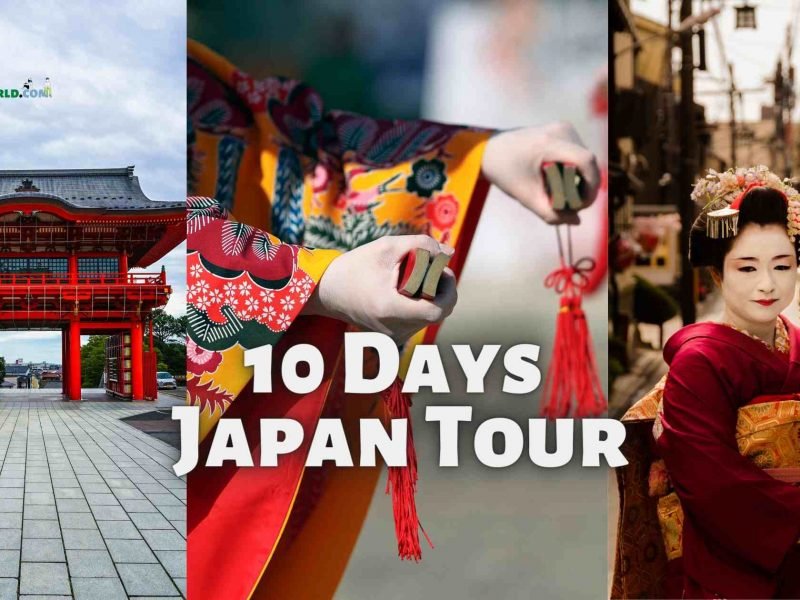About Sankeien Garden
Sankeien Garden is a beautiful and historic Japanese-style garden located in the southern part of Yokohama, Japan. The garden was founded by a wealthy businessman and art collector named Hara Sankei in 1902, who aimed to preserve and promote Japanese culture and art. Today, Sankeien Garden covers an area of 175,000 square meters and features a variety of natural landscapes, historic buildings, and cultural artifacts.
Some of the highlights of Sankeien Garden include:
- Traditional Japanese Garden: The garden features a traditional Japanese-style landscape, including a large pond, small islands, and several bridges.
- Historic Buildings: The garden features several historic buildings that have been relocated from various parts of Japan, including a three-story pagoda, tea houses, and a samurai house.
- Seasonal Flowers: The garden features a variety of seasonal flowers, including cherry blossoms in the spring and colorful autumn leaves in the fall.
- Cultural Artifacts: The garden features several cultural artifacts, including stone lanterns, water basins, and Buddhist statues.
- Tea Ceremony: Visitors can participate in a traditional tea ceremony in one of the garden’s tea houses.
- Events and Festivals: Throughout the year, Sankeien Garden hosts a variety of events and festivals, such as traditional music performances, flower exhibitions, and Japanese arts and crafts workshops.
Sankeien Garden is a popular destination for tourists and locals alike, offering a peaceful and beautiful escape from the busy city life of Yokohama.
History timeline of Sankeien Garden
Here is a brief history timeline of Sankeien Garden in Yokohama, Japan:
- 1902: Hara Sankei, a wealthy businessman and art collector, begins building the garden on the site of his summer villa in Honmoku, Yokohama.
- 1906: The garden is officially opened to the public.
- 1922: The three-story pagoda from Tomyoji Temple in Kyoto is moved to the garden.
- 1938: Sankei passes away, and ownership of the garden is transferred to the city of Yokohama.
- 1953: The garden is designated as a national scenic spot by the Japanese government.
- 1965: The garden is designated as a historic site by the Yokohama city government.
- 2011: The garden is damaged by the Great East Japan Earthquake, but is later restored.
Today, Sankeien Garden remains a popular destination for tourists and locals alike, offering a peaceful and beautiful escape from the busy city life of Yokohama. The garden’s historic buildings, traditional Japanese landscapes, and seasonal flowers continue to attract visitors from around the world.
How to reach Sankeien Garden
The Sankeien Garden is easily accessible by means of public transit due to its convenient location in the Honmoku neighborhood of Yokohama, Japan. The garden can be reached in a few different ways, including the following:
By Train: If you are traveling by train, you can get to Negishi Station or Ishikawacho Station by taking the Keihin-Tohoku Line or the Negishi Line. After that, take either the number 8 or the number 148 bus heading in the direction of Sankeien and alight at the Sankeien Iriguchi bus stop.
Getting to Sankeien by Bus: From Yokohama Station, Sakuragicho Station, or the Minatomirai district, take the bus number 8 or 148 heading in the direction of Sankeien. Stop at the Sankeien Iriguchi bus stop when you arrive there.
Getting to Sankeien by Car: If you’re traveling by automobile, Sankeien Garden features a parking lot that can hold as many as 300 vehicles.
When you get at the garden, the entrance will only be a few minutes’ walk away from either the bus stop or the parking lot.
Do's and Dont's at Sankeien Garden
Here are some general do’s and don’ts to keep in mind when visiting Sankeien Garden:
Do’s:
- Do take your time to explore the garden at a leisurely pace.
- Do wear comfortable shoes for walking around the garden.
- Do respect the traditional buildings and natural landscapes by not touching or climbing on them.
- Do follow the rules and regulations of the garden, such as not smoking or littering.
- Do enjoy the seasonal flowers and foliage, which change throughout the year.
Don’ts:
- Don’t bring pets, except for service animals, as they are not allowed in the garden.
- Don’t pick flowers or other plants, as it is prohibited in the garden.
- Don’t make loud noises or disturb the peace of the garden.
- Don’t feed the wildlife or disturb their natural habitats.
- Don’t bring large bags or luggage, as they may not be allowed inside the garden.
By following these simple guidelines, you can help preserve the beauty and serenity of Sankeien Garden for future generations to enjoy.







Comment (0)